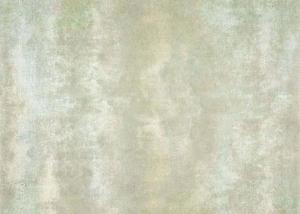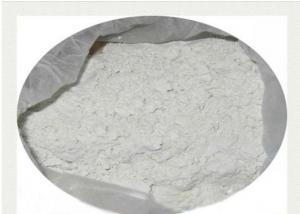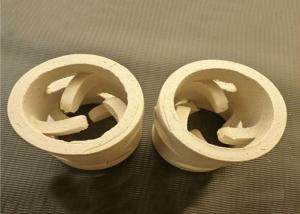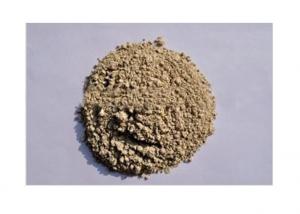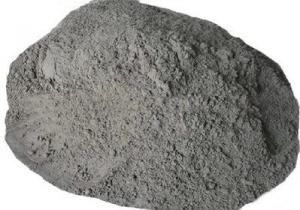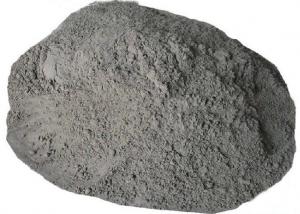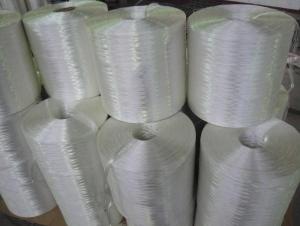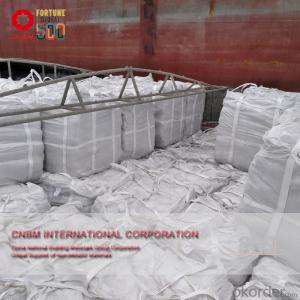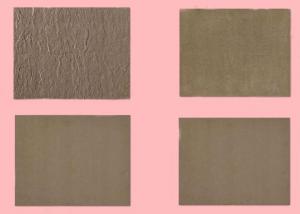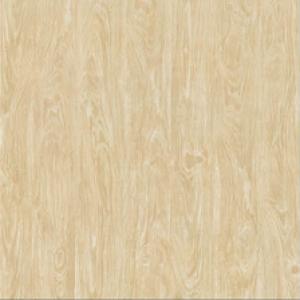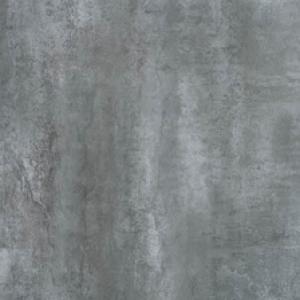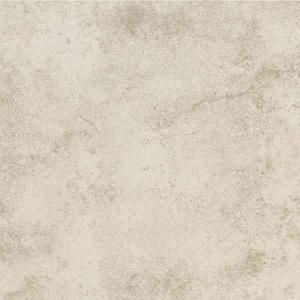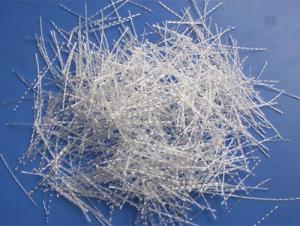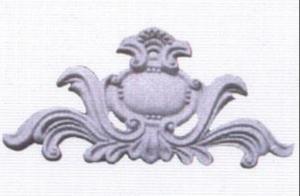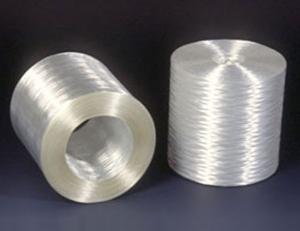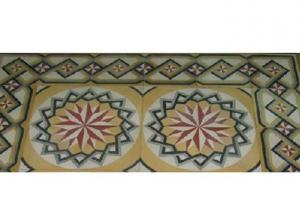Decorative Glazed Porcelain Comento Tile
- Loading Port:
- China Main Port
- Payment Terms:
- TT or LC
- Min Order Qty:
- 200 Square Meters other m²
- Supply Capability:
- 5000 Square Meters per Day above m²/month
OKorder Service Pledge
OKorder Financial Service
You Might Also Like
1.glazed porcelain comento tile
2.Polish/matt/rocky
3.600x600mm
4.Thinkness:about 9.5mm
5.CE/ISO9001
New popular project tiles: decorative glazed porcelain comento tile
Model Number: CM60A |
Size: 600 x 600mm |
Material: Porcelain Tiles |
Usage: Interior Tiles |
Function: Acid-Resistant, Antibacterial, non-slip |
Surface Treatment: Rustic Tiles |
Technique: Comental Tiles |
Color Family: white, beige, black,grays |
Tile Type: Floor Tiles, Wall Tiles |
Material: Porcelain |
Material Feature: Antibacterial |
Feature: rustic |
Shape: square |
Style: Natural |
Special Features:glazed |
Usage: Floor and Wall |
Color: white |
Thickness: Above 10mm |
Water absorption: about 1% |
|
|
Packaging Detail: |
Cartons packing and Wooden pallets |
Delivery Detail |
Within 15 days after receive the deposit |
- Q: The factory was established this month, not yet officially produced, is now renovated workshop. More
- Can be divided into three categories: machine materials, inorganic materials (metal, non-metallic), composite materials.
- Q: i'm replacing my tub area wall with cement backerboard. how do i butt the backerboard end with the textured drywall end? and how can i remove the old drywall joints (the area with the joint tape)? that's where i will butt the concrete backerboard.
- To join the cement board and the drywall, use the same mud you use to join the cement boards.. Then overlap the tile onto the regular drywall by a few inches to hide that joint.
- Q: I would like to build a steam room and believe the best material for the walls is cement board. Normally this is secured to wooden stud work with a waterproof membrane using screws. As the walls to the steam room will be block work, would it be possible to stick the cement board instead, using ordinary dry lining adhesive?
- Why are you using cement block to construct the room? it would be much easier to frame it out with wood and line the inside with tongue and groove cedar planking. I have been in many steam rooms and seen many store bought ones and cedar seems to be the most versatile interior material to use. If you are intent on doing the block then might I suggest stripping the inside and still going with the cedar. I think the glue and cement board is a bad idea and maintenance down the road.
- Q: There is no mosaics cement in our country..... Advice me please
- (A)For outdoor work the ideal adhesive to use is cement based. Either a cement based tile adhesive or a sand and cement mix. Of course the tile adhesive MUST be both water-proof and frost-proof. Cement base adhesives can be bought in bags from 2kg up to 22kg. They must be mixed to a firm consistency and applied to a dry surface. Your mosaic tiles are then pressed into the mortar to give a good contact. Work with a small amount at a time as you will normally have about 20 minutes working times with each batch. To help improve the flexibility and adhesive properties of the mortar add a plasticizer or polymer additive to the mix one part additive to two parts water. This is the preferred mix if you are making a mosaic for a predominantly wet location. Add this to the cement until the required consistency is reach. If using sand and cement mix use the ratio 3 or 4 parts fine sand to 1 part Portland cement. Mix thoroughly and add water. Mix to the required consistency. It is advisable to wear gloves whenever you are dealing with cement based products. To improve the adhesive and strength properties of the mortar, the setting time should ideally be long and slow. So if you can cover each days work with a polythene sheet to protect the work and help the setting.
- Q: What are the differences between 43 grade and 53 grade cement?
- Cement Grades
- Q: I've been searching for answers but I'm not sure if I'm looking for the right one.The structure of metals are Body Centered Cubic, Face centered cubic, and hexagonal close packed..But, can anyone show me a DRAWING of the crystal structure of glass and of cement?Descriptions will be of great help as well!And I need your SOURCE/s please!Thank you!
- If the broken parts can make a ring top, will recreat a ring top.
- Q: over the years the cement floor has settled and broken at the opening of the overhead door. can someone tell me the right way to do the repairs, or send me to a site that i could get some directions. one of my main concerns is the side jams of the doorway. can you fill the level of cement above the boards? Thanks for your help.
- I would start with preventing the floor from further settelment. once your base is secure you can work on the crack that is there. Hard to advise on how to prevent without knowing more info. Depending on how large the crack is, you want to fill it and seal it. Larger cracks can be filled with a foam backer rod material (up to half inch depending on the backer rod you buy) and there are many types of crack fillers. before using a crack filler, make sure you get any loose debris out as that will hinder bonding. This type of job is all about prep work and prevention. quick solutions will only result in further cracking in the future.
- Q: This crack has caused a layer of cement wall, about 1/2 inch thick, to fall off. The area of the layer that has come off is about 1ft by 1ft. Do I need to add cement to the wall to fix it? My house is a 1920-40 era colonial so the house is pretty old. The basement wasn't finished, but there was drywall on the wall where the crack was. I removed the wall because of water damage and I found the crack. I am not going to finish the basement, I just want to waterproof the wall, paint it and have the exposed concrete. I plan on doing this myself if it is possible. Additionally I found some thin roots in the wall where the 1/2in layer of concrete came off. Should I be worried about that? Thanks in advance.
- Go to Lowes and check out the hydraulic cement, and see if this would work for you....you will have to find the source of the roots and get rid of the roots...since it is leaking, the hydraulic cement will get harder with moisture, you can do a web search and see if you think this product would work to solve your problem, Good Luck
- Q: How to start a cement factory?
- Are you talking about a plant that supplies bags of cement mix like you'd buy at Home Depot, or a plant where you fill the cement mixer trucks and they go out and pour the stuff into whatever? Either way, the easiest way might be to find a defunct one and reopen it.
- Q: Im in the middle of a renovation and the tiler has told me that Natural stone tiles 18x18 should not be installed on a cement board wall that has been primed. This application is for a shower/steam room. He has told me that i should rip down the cement board and replace with new unprimed boards. Any advice. The tile is planning on using Flextile 52. Please advice if the boards need to be replaced. The cement board has had the screws and joints covered with drywall cement and then the entire wall was painted with drywall primer sealer (latex).Thanks
- You can do it, but you shouldn't. Especially not in a shower. The primer will prevent the mastic/mortar/thinset from adhering to the cement board. Drywall compound should not be used in cement board for a tiling application, a fiberglass mesh tape and thinset to reinforce the joints, and the thinset will covewr the nails. Your best bet would be to do as the tiler says (I know that the cement board isn't cheap, but would you rather have the tile come crashing down on you in the middle of your shower?), though you may be able to remove enough of the primer and compound through muscle power. (buy a decent dust mask. silica dust and fiberglass are no fun to cough up) Another alternative, go over the offending cement board with another layer of 1/4 inch cement board, staggering your joints between the layers. Run this by your tiler, he may agree... if nothing else, the staggered joints will lessen the chance of the joints cracking.
1. Manufacturer Overview
| Location | Hebei,China |
| Year Established | 2006 |
| Annual Output Value | Above US$15 million |
| Main Markets | Asia, Middle East |
| Company Certifications | CE, CCC, ISO90001 |
2. Manufacturer Certificates
| a) Certification Name | |
| Range | |
| Reference | |
| Validity Period |
3. Manufacturer Capability
| a) Trade Capacity | |
| Nearest Port | Tianjin |
| Export Percentage | 0.3 |
| No.of Employees in Trade Department | 4 People |
| Language Spoken: | English;Chinese;Arabic |
| b) Factory Information | |
| Factory Size: | Above 10,000 square meters |
| No. of Production Lines | 3 |
| Contract Manufacturing | OEM Service Offered;Design Service Offered |
| Product Price Range | Average |
Send your message to us
Decorative Glazed Porcelain Comento Tile
- Loading Port:
- China Main Port
- Payment Terms:
- TT or LC
- Min Order Qty:
- 200 Square Meters other m²
- Supply Capability:
- 5000 Square Meters per Day above m²/month
OKorder Service Pledge
OKorder Financial Service
Similar products
Hot products
Hot Searches
Related keywords
